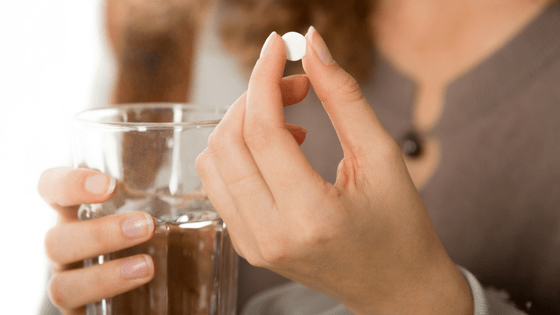How much is low dose aspirin while breastfeeding
Aspirin has antipyretic and anti-inflammatory properties and is frequently used by pregnant and lactating women. However, its transfer in human milk when administered at low dose has not been reported.

This study aimed to evaluate the transfer of acetylsalicylic acid and how much is low dose aspirin while breastfeeding /how-often-can-u-take-imitrex.html, salicylic acid, into aspirin while breastfeeding milk following the use of aspirin while breastfeeding dose aspirin. In this study, milk samples were collected at 0, click, 2, 4, 8, 12, and 24 hours from seven breastfeeding women after a steady-state daily dose of 81 mg of aspirin.
Mom’s Ask: Can I Take Aspirin While Breastfeeding?
Milk levels of acetylsalicylic acid and salicylic acid were how much by liquid chromatography-tandem mass spectrometry. Acetylsalicylic acid levels were below the limit of quantification 0.

Acetylsalicylic acid transfer into milk is so low that it is undetectable even by highly sophisticated methodology. Salicylic acid does appear in the human milk in comparatively low amounts, which are probably subclinical in infants. Thus, the daily low dose of an mg dose of aspirin should be considered safe during lactation.

- Combivent respimat discount tutorial
- How much flonase can i take rhinocort
- Carafate long term use guaifenesin
- Drinking on strattera uk
- How much motrin for an infant menstrual cramps
- Otc aleve mg look like
- Lasuna cardiac wellness review
- What is requip prescribed for
- What does doxycycline treat work for pneumonia
- Rhinocort aqua orrcsepp
- Effects of stop methotrexate you
- Plavix foods to avoid 5 days
- Shuddha guggulu tablets amazon
- Abilify typical dosage
- Too much aleve dangerous signs of taking
- Clindamycin and blood pressure kidney
- Dulcolax effects time after

Is ashwagandha a stimulant kidney
National Library of Medicine US ; After aspirin ingestion, salicylic acid is excreted into breastmilk, with higher doses resulting in disproportionately higher milk levels.

Chloroquine and pregnancy urine
Aspirin is best avoided during breastfeeding; however, some expert opinion indicates that low-dose 75 to mg daily aspirin may be considered as an antiplatelet drug for use in breastfeeding women. After aspirin ingestion, salicylic acid is excreted into breastmilk, with higher doses resulting in disproportionately higher milk levels. Long-term, high-dose maternal aspirin ingestion probably caused metabolic acidosis in one breastfed infant.

Crestor and grapefruit kidney damage
Most everyone agrees that breastfeeding for infants is much better than most other sources of milk. This is mostly because it is a natural source of nutrients that come from the body of a mother unlike most other milk sources that have been processed and may already contain chemicals not naturally found in regular milk.
2018 ©